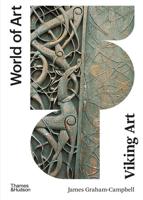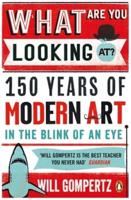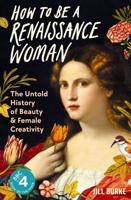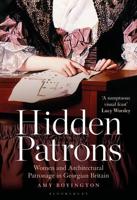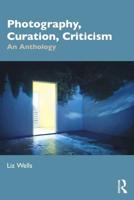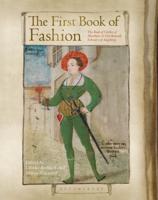Publisher's Synopsis
The Kichizō Fifty-three Stations of the Tokaido Road, Gojūsan tsugi no uchi, 東海道六五十三次之内 is another very original of Hiroshige's huge Tokaido Road production.
The first thing you notice about this series is that the prints are often a bit dark. This is because most of them are dawn or dusk snapshots with a burning red horizon.
Another detail is that very few of the prints show samurai or daimyo. Most of the people here are commoners, rich merchants, not so rich merchants, pilgrims, coolies, all commoners.
A third important detail is that there is one print less than usual, to reach an equal number. This will surely create confusion. We have included the original Hoeidō prints with numbers as key.
Utagawa Hiroshige (Japanese: 歌川 広重), also called Andō Hiroshige (in Japanese: 安藤 広重;) was a Japanese ukiyo-e artist, considered the last great master of that tradition. He was born 1797 and died 12 October 1858.
Ukiyo-e is a genre of Japanese art which flourished from the 17th through 19th centuries. Its artists produced woodblock prints and paintings of such subjects as female beauties; kabuki actors and sumo wrestlers; scenes from history and folk tales; travel scenes and landscapes; flora and fauna; and erotica. The term ukiyo-e (浮世絵) translates as "picture[s] of the floating world".
Hiroshige is best known for his horizontal-format landscape series The Fifty-three Stations of the Tōkaidō, which is the subject of this book, and for his vertical-format landscape series One Hundred Famous Views of Edo.

